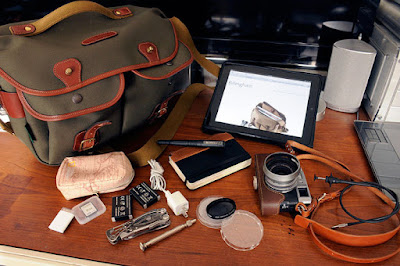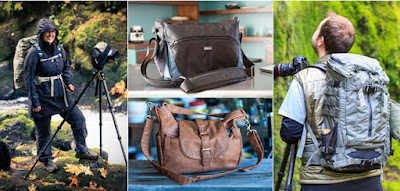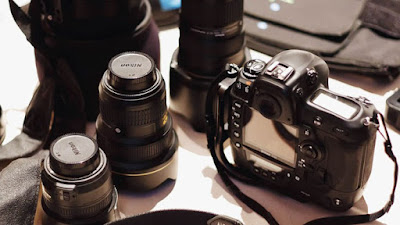Taking photos in low light conditions can be a bit problematic, and you are probably wondering how to do the job professionally while photographing a wedding ceremony. Let’s clear one thing first; the low light photo doesn’t necessarily have to be related to night time, it also can be taken during the day or indoors, where the lighting is not very good. The wedding gigs are quite popular and common for any photographer, and if you by any chance get a job to take photos at a Houston wedding, make sure you follow these instructions.
1. Adjust camera settings before the start
You are aware that changing the light conditions from high to low will ask for adjusting the camera settings as well. It is vital to change your ISO; higher the number, it indicates more sensitivity to light it will be, so anything in a range between ISO 800 and ISO 1600 should be fine while taking photos indoors or when it’s darker outside.
The new generation cameras can provide excellent quality with ISO 1000 or more, while you must keep in mind to maintain shutter speed to around 60 and aperture at 2.8 or lower. Remember, the automatic settings are not very reliable, and it is best if you check everything manually.
2. Stick to the light
Although plenty of the Houston weddings can take place outdoors on a bright and sunny day, when the ceremony is held indoors in church, it can be a challenge to find the proper light source and shoot photos. Basically, you have to feed your camera with light, so take the maximum from windows, which are luckily large in churches. In case the church or the room is without windows that could provide enough light, you need to use a long lens and conduct close-up photos. Using the flash is not recommended for weddings and always give your best to exploit the slightest ray of light before turning on the flash.
3. Positioning
Learning to position yourself and stabilizing camera in your hand(s) is also a crucial step. If you are right-handed, you can use the left hand to give the camera a much-needed support, thanks to your palm. Elbows should be close to your body, while you can also kneel down and find a perfect spot. As long as you sense that the image quality and sharpness are unaffected and there is no camera shake, these techniques should do the job.
4. Using a monopod or tripod
The monopod will come handy when it is difficult to maintain stability and when the problems with the camera shaking occur. If you are using a long lens, the tripod will assist you in securing steadiness and is much easier to move around than the tripod. However, the tripod is suitable for low light photo sessions because you can decrease the ISO number and minimize the amount of noise, which will allow you to shoot at slow shutter speed. Notice that the cheap plastic tripods should be avoided, use the robust and sturdy ones instead.
Conclusion
Learning on how to take low light photos can be quite beneficial to your business as a photographer and getting that experience can make you a versatile professional. The pictures in daylight are beautiful, but the low light ones can be amazing if you follow the tips from above.








